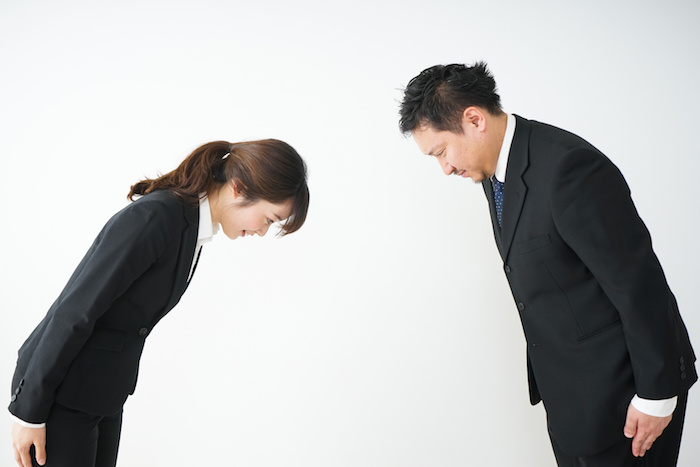07 January 2021
Shōgatsu
The Japanese New Year in the time of Covid
By Richard Pooley

Akemashite omedetou gozaimasu! is the cheery greeting (literally “congratulations for the dawn of the new year”) you would have heard from friends, neighbours and work colleagues if you had been in Japan for the last few days. Like everyone else, the Japanese are glad to see the back of 2020, though in truth they have suffered far less and coped much better with Covid-19 than most people.
Tokyo saw a record number of Coronavirus cases on Monday – 884. This has caused the newish Japanese Prime Minister, Suga Yoshihide, to threaten declaring a month’s state of emergency from Saturday. Yet there doesn’t seem to be the same level of foreboding about the next few months which exists across Europe and North America. Cases are rising in the Japanese capital (population 14 million) but they are still nowhere near the 14,700 reported for London (population 8.8 million) on Tuesday. The daily death toll due to Covid-19 for all of Japan has averaged 50 over the past fortnight. The 7-day moving average in the UK is currently over 600.
Whilst Suga-san’s popularity has plunged amid accusations that he has dithered too long before taking the decisions needed to combat the virus (sound familiar, British readers?), there is not the same “it’s a race between the virus and the vaccine” headlines in the Japanese media as there are in the UK. The Japanese appear not to be worried that vaccinations in their country won’t start until late February. They seem to accept as sensible that Suga-san will set a good example by being one of the first to be vaccinated. No accusations that he is jumping the queue or denying the elderly and vulnerable first dibs. Fair enough; he himself has just turned 72.
One of the strangest experiences I had when living in Japan was the custom in the first two weeks or so of January of visiting my company’s clients. As the boss of our Japanese subsidiary I would spend most of the fortnight criss-crossing Tokyo and Yokohama with one or other of my sales staff. We never fixed a meeting. Sometimes we would strike lucky and our client would be in the building. We would then exchange pleasantries in a meeting room for a few minutes and state something like: “We look forward to working with your esteemed company in the coming year.” No business was ever done. Though, as my sales staff all made clear to me, no further business would be done if we did not follow this practice.
More frequently our esteemed client would not be present. He or she (the more esteemed, the more likely he was a he) was out doing the same as us: visiting business partners, more senior colleagues in another building, their mentor… whoever’s bow when the two met was just a bit higher than their own. In those cases, a junior employee (always a young she) would come down to reception to greet us. One of two things then happened. Either she would take us to a meeting room where she would sit in for our client and accept our hope that we could continue spending all our waking hours providing her company with all they needed for a miserly fee. Or she would take us up to our client’s desk in a vast and crowded open-plan office. We would then bow before the desk’s empty seat, wish it Akemashite omedetou gozaimasu! and place our business cards next to all the other cards lined up on the desk. My salesman would bow for much longer and deeper than me, his eyes close to the desktop. He had to memorise the names of all the companies who had visited our client so far that day (which is why we always attempted to see our most important clients in the late afternoon). Meanwhile, I was tasked to estimate the distance from the desk to the windows and to the main door. The closer to the windows and the further from the door, the more senior our contact within his department; valuable information when the title on his business card just says kacho (section head). A kacho who sits close to the bucho (department head) may be more powerful than a bucho dairi (deputy department head) who is close to the door.
When we bid our young female guide goodbye, we would stand inside the lift, facing her facing us. As normal, we would bow low; the supplier always bows lower than the customer. If she had been with our contact, she would have bowed almost as low as us. But because she was alone, she stood in for our contact. So, she would give us a gentle inclination of her head, smiling as she did so, embarrassed by her brief moment of higher status.
The pandemic forced nearly all companies last year to ban their traditional Bōnenkai forget-the-year parties. These are raucous affairs held in mid to late December in crowded, poorly-ventilated izakayas (bars which serve snacks) where employees get hopelessly drunk, rub shoulders and more with colleagues, and can say anything they like to their bosses with apparent impunity. Covid heaven. I am told that January’s Shinnenkai welcome-the-year parties, though usually much more sober occasions than Bōnenkai, are also being cancelled. But not the January client visits. You can see why. What could be more Covid-safe than bowing to and greeting an empty chair and leaving your business card on an empty desk?
I last reported on the Japanese management of the pandemic in June (Is Speaking English..?). I shall give an update next week. In the meantime have a look at some figures[i].
Population: Japan 126,000,000 UK 67,000,000
Total Coronavirus cases: Japan 247,960 UK 2,714,479
Total Deaths: Japan 3,655 UK 76,305
Why have the Japanese (and other east Asian countries) done so much better than we Brits in combating this disease? Cultural attitudes and the Japanese people’s consequent behaviour have to be parts of the answer. Can we learn from them?
This article is the first in a series about Japan, next week’s update can be found here: “Covid-19” – Why has Japan done so much better?.
[i] These were the figures on the Worldometer site on January 6. Their definitions of “Coronavirus cases” and “Deaths” are worth looking at. My guess is that Japan is under-reporting those deaths where Covid-19 is a significant factor. I’ll explore why next week.


